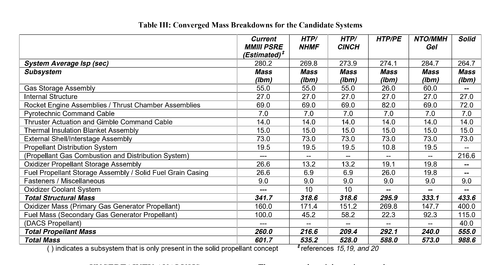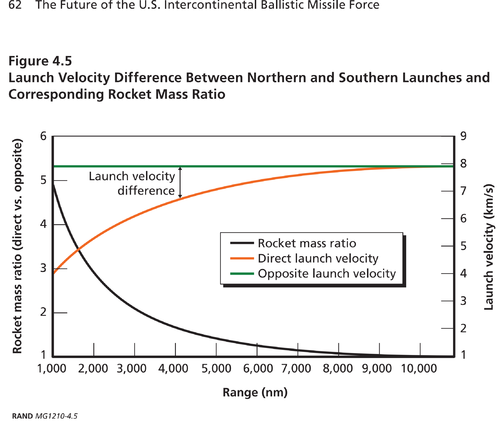Just dust off the MGM-134.
I really think that ~400 mobile launchers, constantly moving around in a country this size, represents a far more survivable deterrent than 450 silos the targeting solutions to which are unchanging and well known. Presenting an enemy with a "SCUD hunt" a third the size of North America means they can never assure the destruction of the deterrent. It would make the survivability of the GBSD comparable to that of the SSBNs. The Midgetman worked, it's developed and 30 years on it still seems to meet requirements. Of course the erector launcher prototype was scrapped, but it might be better to use a new one anyway. It will fit into a 53 foot trailer and at 30,000 pounds, it's tare weight makes it usable on U.S. highways.
30 years on, spinning up production is, of course, going to involve some changes and detail updates, but most of the design work is surely still useable.
Amusingly, if they used rope memory or whatever computer tech they were using back then it might make the software more resistant to hacking since there might not be enough code for malware to work with.
 Page 2 of https://www.tandfonline.com/doi/pdf/10.1080/00963402.2019.1628511
Page 2 of https://www.tandfonline.com/doi/pdf/10.1080/00963402.2019.1628511





